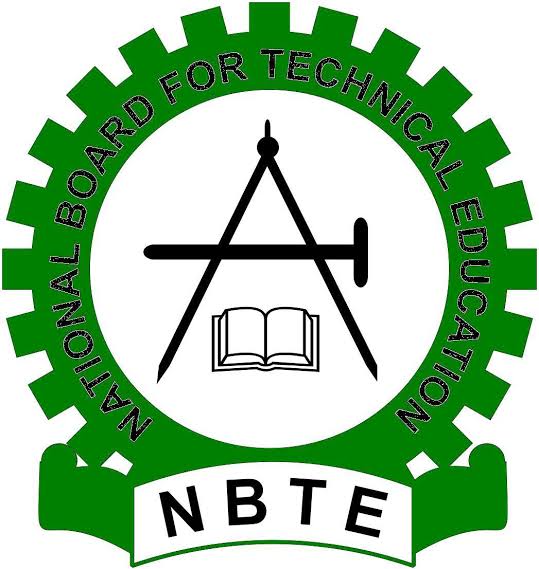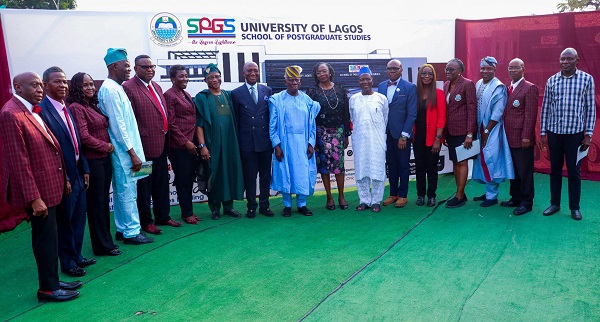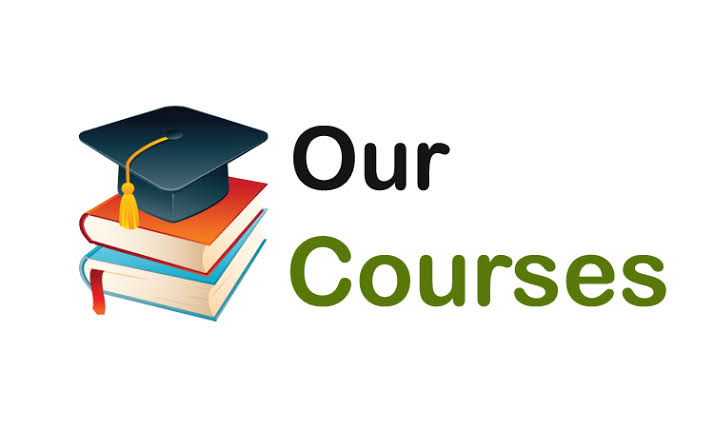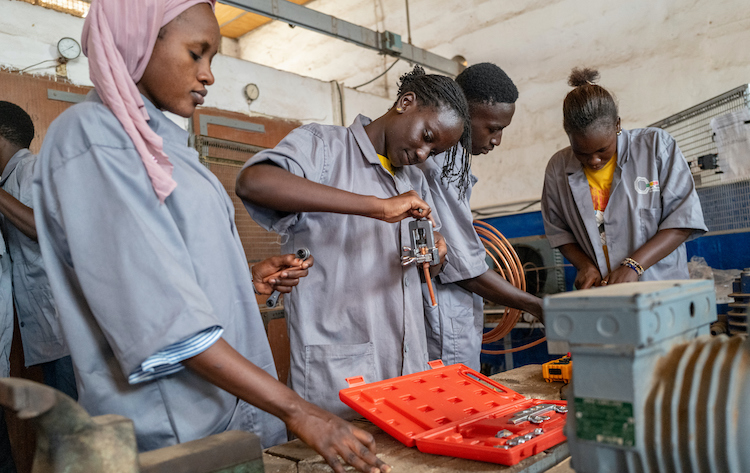Learning is a lifelong process that involves acquiring and retaining new knowledge, skills, and information.
To maximise the benefits of learning, individuals must adopt effective strategies that suit their unique learning styles and goals.
Active Learning
Active learning is a dynamic approach to learning that requires students to engage with the material actively rather than passively absorbing it.
This approach encourages critical thinking, problem-solving, and knowledge application.
Some active learning techniques include group discussions, debates, hands-on experiments, and interactive exercises. By actively participating in the learning process, individuals are more likely to comprehend and remember information effectively.
Mnemonic Devices
Mnemonic devices are memory aids that help individuals remember information through associations or patterns.
They can be particularly useful for retaining complex or lengthy information. Examples of mnemonic devices include acronyms (e.g., PEMDAS for the order of mathematical operations), visualisation techniques, and the method of loci, where information is associated with specific locations in one’s mind.
Spaced Repetition
Spaced repetition is a technique that involves revisiting and reviewing material at increasing intervals over time. This approach leverages the psychological spacing effect, which suggests that information is better retained when learned and reviewed at specific intervals.
Tools like flashcards and specialised apps are designed to implement spaced repetition, helping learners optimise their memory retention.
Mind Mapping
Mind mapping is a visual learning strategy that involves creating a graphical representation of information.
This technique helps individuals organise complex ideas, identify relationships between concepts, and enhance understanding.
By creating visual diagrams, learners can better comprehend the structure of the subject matter and recall it more easily.
Goal Setting
Setting clear and achievable learning goals is an essential strategy for effective learning.
Goals provide motivation and direction, making it easier to stay focused and measure progress. SMART (Specific, Measurable, Achievable, Relevant, Time-bound) goal-setting principles can be particularly effective in guiding one’s learning efforts.
Feedback and Self-Assessment
Regular feedback and self-assessment are crucial for tracking progress and identifying areas that require improvement. Constructive feedback from teachers, peers, or self-assessment tools helps learners understand their strengths and weaknesses, enabling them to adjust their learning strategies accordingly.
Interleaved Practice
Interleaved practice involves mixing different topics or subjects during study sessions, as opposed to focusing on a single subject at a time. This strategy challenges the brain to switch between different types of information, enhancing retention and problem-solving skills.
For example, instead of practicing math problems in blocks, a learner may mix math, science, and history questions.
Collaborative Learning
Collaborative learning involves group work or team-based projects where individuals work together to achieve common learning objectives.
This strategy encourages knowledge sharing, diverse perspectives, and social interaction, which can lead to a deeper understanding of the subject matter. It also promotes communication and teamwork skills.
Mindfulness and Well-Being
Promoting mental and physical well-being is a fundamental part of effective learning. Practices like mindfulness meditation, regular exercise, and a balanced diet can improve cognitive function, reduce stress, and enhance overall learning capabilities.
Effective learning is a multifaceted process that involves various strategies and techniques tailored to individual preferences and subject matter.
By incorporating active learning, mnemonic devices, spaced repetition, mind mapping, goal setting, feedback, interleaved practice, collaborative learning, and well-being practices into their learning routines, individuals can maximise their educational endeavours and achieve their learning objectives more efficiently. It’s essential to experiment with these strategies and adapt them to one’s own learning style to discover what works best for each individual learners.











